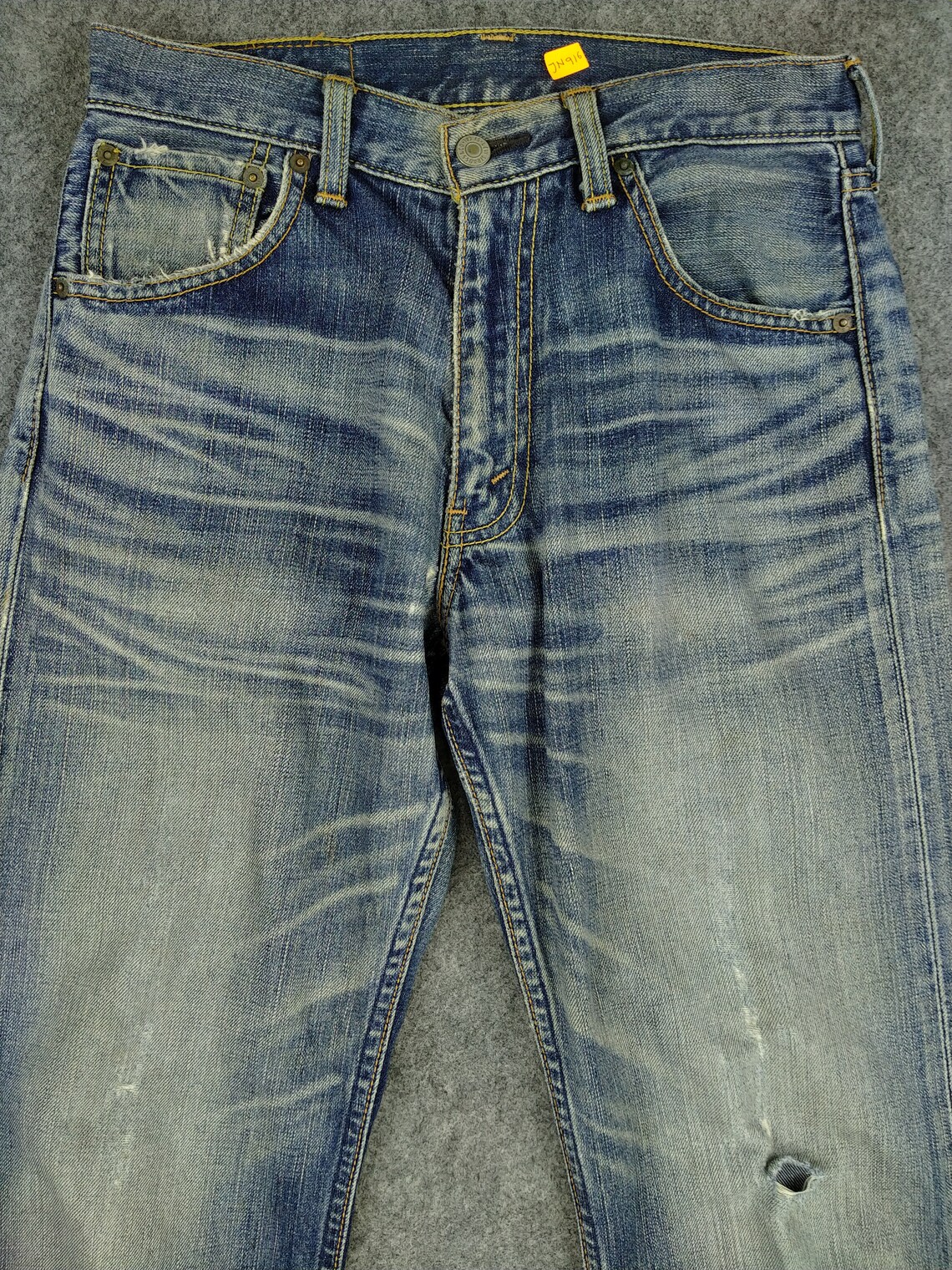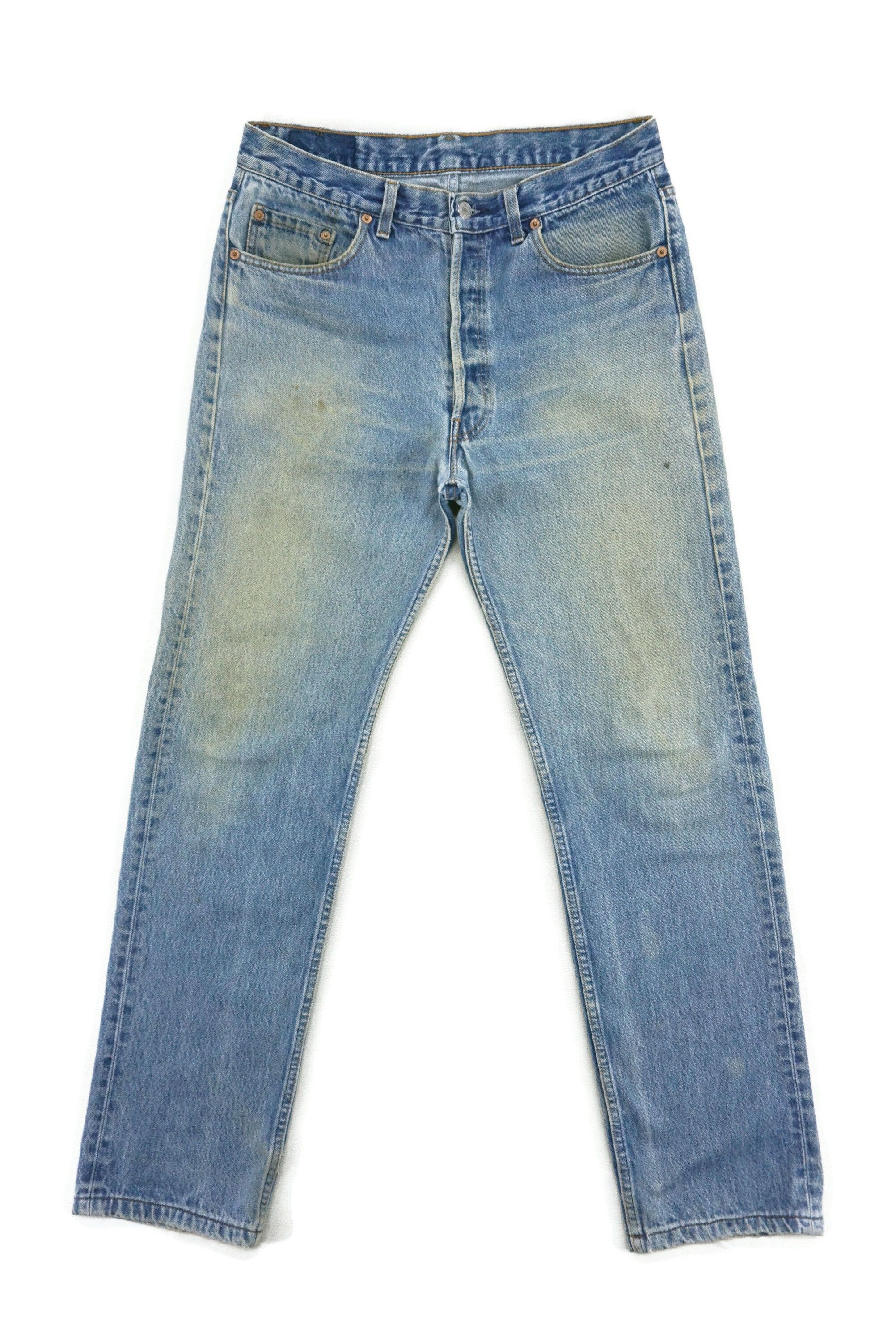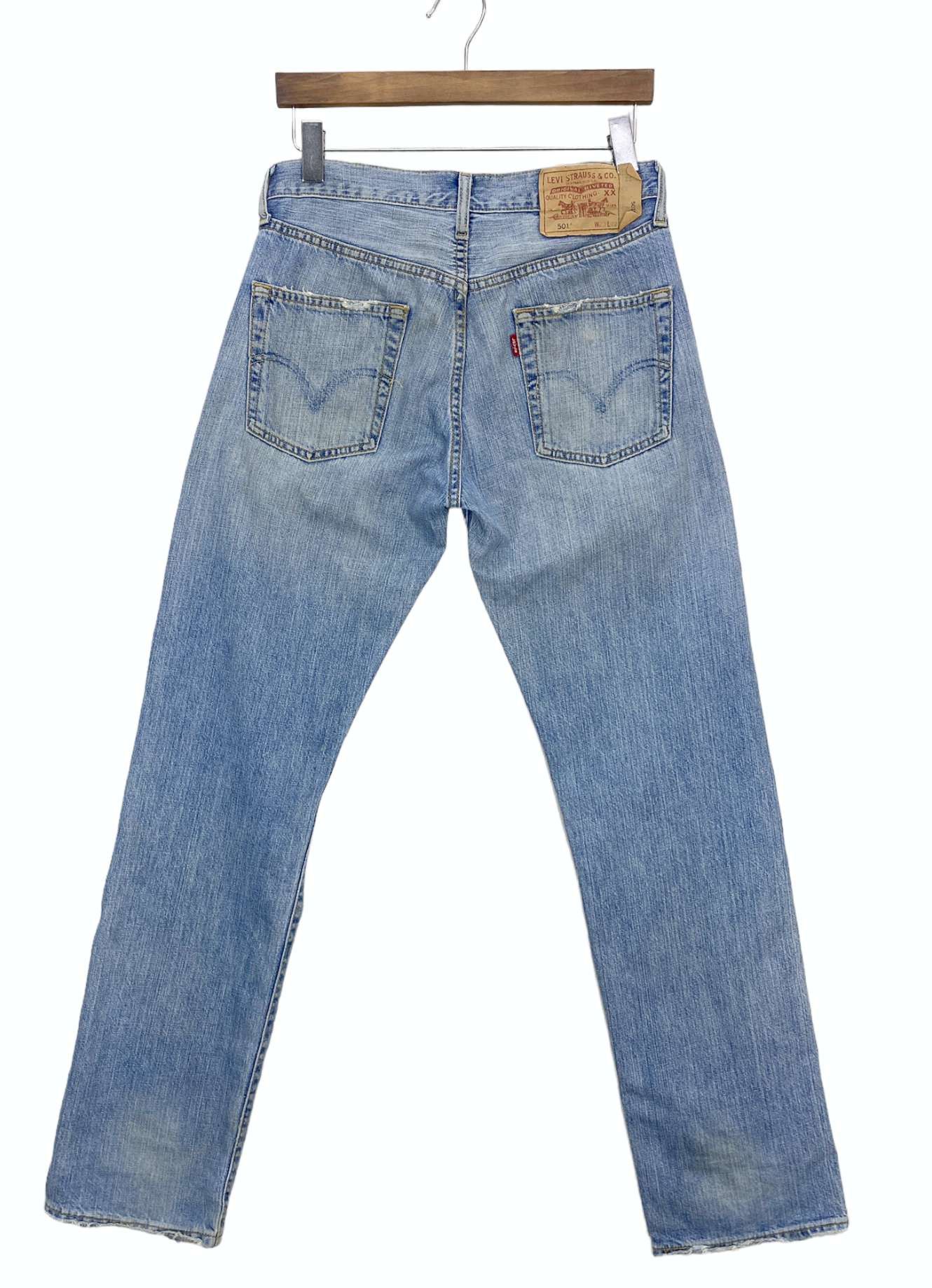There's something truly special, a bit like a secret language, about a pair of well-loved, perhaps even a little grubby, blue jeans. These aren't just clothes; they're more or less a living record of your adventures, your daily life, and the moments you've lived. We're talking about those jeans that feel like a second skin, the ones that have seen it all, and in a way, show it all. They tell stories without saying a word, which is that kind of magic, really.
From the factory floor to the open road, a pair of blue jeans gathers character with every wear. The fades, the subtle marks, the places where the fabric has softened just so – these are the badges of honor, you know, for a garment that truly lives alongside you. It's a look that many people actively seek out, even if it means putting in the time to earn those perfect imperfections. This isn't just about fashion; it's about a feeling, a connection to something genuine and, in some respects, quite personal.
So, what is it about these jeans, the ones that are conspicuously unclean in the most charming way, that captures our hearts? Why do we often prefer them over a brand-new, stiff pair? We'll explore the enduring appeal of these iconic trousers, looking at their history, their style, and the very real comfort they bring into our lives. It's a fascinating subject, actually, when you think about it.
Table of Contents
- The Allure of Worn Denim
- Embracing the "Dirty" Look
- Understanding the "Dirty" Spectrum
- Frequently Asked Questions About Your Favorite Jeans
- The Enduring Legacy of True Blue
The Allure of Worn Denim
The appeal of well-worn blue jeans, those that are, in a way, filled or covered with dirt from life's adventures, goes back generations. These garments started as tough work clothes, meant to withstand the demands of labor. Miners, cowboys, and factory workers needed something strong, something that could take a beating and keep going. Over time, the marks of their work, the smudges, the fades, became part of the fabric's character. It's a very real history woven into every thread, and that's quite something, you know.
This history, arguably, gave rise to a certain aesthetic. The idea that clothes should look lived-in, rather than perfectly pristine, became a statement. It spoke of authenticity, of realness. A pair of jeans that shows its age and experiences suggests a life lived, not just a garment worn. It's a subtle nod to durability and the passage of time, which, in some respects, is a powerful thing.
A Story in Every Stain
When we talk about "dirty" blue jeans, we're often not just talking about visible grime, though that can be part of it. We're also talking about the way the fabric changes over time. As my text suggests, "dirty emphasizes the presence of dirt more than an" general uncleanliness. So, a faint oil smudge from working on a car, a grass stain from an afternoon in the park, or the natural fading from countless washes and wears – these all contribute to the story. Each mark, you know, is a tiny memory etched into the material.
These marks are unique to the wearer. No two pairs of worn jeans will ever look exactly alike, which is that kind of cool detail. This uniqueness is, basically, a huge part of their charm. They become a personal canvas, reflecting the individual's journey. It’s almost like a diary you wear on your legs, telling tales of where you've been and what you've done. That's pretty neat, actually.
Comfort and Connection
Beyond the visual appeal, there's the undeniable comfort factor. New jeans, as a matter of fact, can feel stiff and a bit restrictive. But a pair of well-worn blue jeans, those that have been through the wash cycle a few times and molded to your shape, feel incredibly soft and familiar. They move with you, not against you, offering a level of ease that's hard to beat. This comfort creates a strong bond between the wearer and the garment, you know.
This connection is, quite literally, physical. The fabric softens, the fit becomes perfect, and they feel like an extension of yourself. It's a feeling of home, of reliability. Many people have that one pair of jeans they reach for constantly, the ones that feel just right, no matter the occasion. This comfort, in a way, fosters a deep loyalty to the garment, making it more than just clothing; it becomes a trusted companion, which is rather nice.
Embracing the "Dirty" Look
The concept of "dirty" blue jeans has evolved from a practical necessity to a deliberate style choice. Today, many fashion trends lean into the distressed, faded, and worn-in look. This isn't just about saving money on new clothes; it's about appreciating the character that time and use impart. It's a statement against fast fashion, too, in some respects, favoring longevity and authenticity over fleeting trends. People are, basically, looking for something real.
This embrace of the lived-in look also aligns with growing awareness about sustainability. Wearing your clothes longer, and washing them less frequently, reduces their environmental impact. So, a pair of jeans that looks good even when it's not perfectly clean becomes a symbol of conscious consumption. It's a practical approach to personal style that, you know, makes a lot of sense these days.
Styling Your Lived-In Denim
Styling dirty blue jeans, or rather, lived-in denim, is surprisingly versatile. They pair well with almost anything, from a simple white t-shirt for a classic, casual vibe to a sharp blazer for an unexpected, relaxed elegance. The key is to let the jeans be the star, allowing their unique character to shine through. You can, for instance, roll up the cuffs to show off some cool sneakers or boots.
Accessorizing can also play a big part. A leather belt, some vintage jewelry, or a well-chosen hat can really complete the look. The beauty of these jeans is their ability to blend seamlessly into various styles, from rugged workwear to bohemian chic. They are, quite simply, a foundational piece for many wardrobes, offering endless possibilities. It's pretty amazing, actually, how adaptable they are.
Less Washing, More Life
A big part of maintaining the character of your dirty blue jeans is, arguably, washing them less often. Frequent washing can strip away the natural oils in the denim, making it stiff and preventing those unique fades from developing. Many denim enthusiasts advocate for spot cleaning or airing out jeans between washes, only washing them when they are truly, conspicuously unclean, as my text puts it, or when they start to smell. This practice, in a way, preserves the fabric's integrity.
When you do wash them, cold water and a gentle cycle are generally recommended. Turning them inside out can help protect the color and prevent excessive fading. Some people even put their jeans in the freezer to kill bacteria, though, you know, the effectiveness of this is a bit debated. The goal is to keep them clean enough, but not so clean that they lose their soul. It’s a delicate balance, really, but worth it for that perfect worn-in feel.
Understanding the "Dirty" Spectrum
The word "dirty" itself carries a range of meanings, as my text points out. While we're focusing on the visible presence of dirt or grime on jeans, it's interesting to consider the broader definitions. My text says, "Dirty is applied to that which is filled or covered with dirt so that it is unclean or defiled." This is, basically, the primary sense we're talking about with jeans: the physical accumulation of substances. But there's more to it, isn't there?
My text also mentions "Dirty adjective (not polite) informal used to describe something that is connected with sex, in a way that many people think is offensive." While this meaning doesn't apply to the physical state of jeans, it highlights how words can have multiple layers. For our jeans, the "dirty" is about lived experience, not something offensive. Then, there's the idea of an "action as dirty," meaning unfair, immoral, or dishonest. This isn't about the jeans themselves, but it does make you think about the ethical journey of denim production, which is a whole other topic, you know, for another time.
Beyond Just Grime: The Many Meanings of "Dirty"
So, when we say "dirty blue jeans," we're mostly thinking about them being "covered with or containing unpleasant substances such as dirt or grime," as my text defines it. This kind of dirt is, basically, the kind that tells a story. It's the mud from a hike, the paint from a DIY project, or the subtle discoloration from years of wear. This is the "dirt" that gives them character, that makes them unique. It's not about being squalid or foul in a negative way, but rather about being lived-in, which is a very different thing, really.
It's important to differentiate this from jeans that are truly "filthy" or "foul" in a way that suggests neglect or unhygienic conditions. The appeal of "dirty blue jeans" is in their honest wear, not in being unsanitary. It's about the patina of life, the subtle marks that show age and experience, not about being unkempt in a negative sense. There's a fine line, as a matter of fact, between character and just needing a wash, and most people, you know, understand that difference quite well.
Frequently Asked Questions About Your Favorite Jeans
Why do some people prefer dirty jeans?
Many people prefer jeans that show signs of wear because they offer a unique character and comfort that new jeans simply don't have. These jeans tell a story, feeling like a personal extension of the wearer. They are, basically, a symbol of authenticity and a lived life, which is a powerful draw for many. It's a look that feels genuine, you know.
How often should you wash blue jeans?
There's no single rule for how often to wash blue jeans, but many denim enthusiasts suggest washing them as infrequently as possible. Some go months, or even longer, between washes, opting for spot cleaning or airing them out instead. This practice helps preserve the denim's unique fades and prevents it from becoming stiff. When they are conspicuously unclean, that's generally the time, you know, to give them a gentle wash.
Is it bad to not wash your jeans?
Generally, it's not bad to not wash your jeans often, especially if you air them out regularly and spot clean any spills. In fact, less washing can help preserve the denim's integrity and unique appearance. However, if they become genuinely dirty, as in "filled or covered with dirt so that it is unclean or defiled," then a wash is certainly in order for hygiene and comfort. It's about finding a balance that works for you, really.
The Enduring Legacy of True Blue
The appeal of dirty blue jeans, those well-worn companions that bear the marks of our lives, remains incredibly strong. They represent comfort, personal history, and a subtle defiance against the fleeting nature of trends. These aren't just clothes; they're, more or less, trusted partners in our daily adventures, gathering stories with every fade and every subtle mark. They embody a certain rugged charm that is, quite frankly, timeless. To see how others embrace this style, you might want to look at the art of denim fading.
Embracing the lived-in look means appreciating the journey of your clothing and understanding that true character comes from experience, not perfection. It's a sustainable choice, a comfortable choice, and, in a way, a very personal one. We hope this exploration has shed some light on why these garments hold such a special place in our hearts and wardrobes. Learn more about denim history on our site, and you can also find out more about current fashion trends on this page.



Detail Author:
- Name : Johan Bogisich V
- Username : friesen.otho
- Email : hassan.mcglynn@hotmail.com
- Birthdate : 2001-12-18
- Address : 705 Feil Union Suite 402 Ziememouth, MT 46174
- Phone : +1-541-947-6720
- Company : Goyette PLC
- Job : Creative Writer
- Bio : Aut nesciunt inventore ut deserunt. Rerum sit aut eum. Sint rerum amet nihil deserunt iusto. Illum hic deleniti similique nihil. Veritatis nobis omnis qui eaque delectus.
Socials
facebook:
- url : https://facebook.com/heidihammes
- username : heidihammes
- bio : Dolorum neque dolores molestiae iusto praesentium a.
- followers : 1710
- following : 1837
twitter:
- url : https://twitter.com/heidi_hammes
- username : heidi_hammes
- bio : Voluptas et odit deleniti. Quisquam quia enim quo voluptatem et. Neque voluptas deleniti nemo illo magni maxime omnis.
- followers : 309
- following : 245